Klifto, K. M. et als.
Journal of Plastic, Reconstructive & Aesthetic Surgery, 2020-01-01, Volumen 73, Número 1, Páginas 1-18
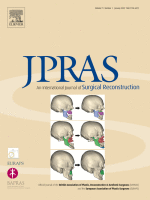 Both thromboembolism and excessive bleeding following breast surgery could result in multiple surgical procedures, breast reconstruction failure, or even mortality. This systematic review and meta-analysis of 5617 female breast surgery patients compared pharmacological prophylaxis to nonpharmacological prophylaxis interventions during the pre-, intra-, and/or postoperative time points and evaluated associated outcomes and complications.
Both thromboembolism and excessive bleeding following breast surgery could result in multiple surgical procedures, breast reconstruction failure, or even mortality. This systematic review and meta-analysis of 5617 female breast surgery patients compared pharmacological prophylaxis to nonpharmacological prophylaxis interventions during the pre-, intra-, and/or postoperative time points and evaluated associated outcomes and complications.
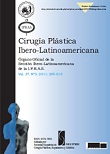
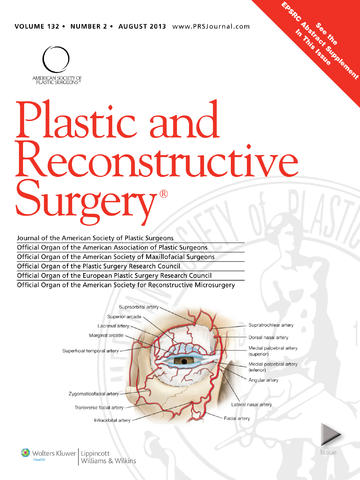 Patients with a small breast volume and a relative large lumpectomy volume are at risk of developing severe breast deformity and asymmetry following breast conservation, presenting a unique surgical challenge.
Patients with a small breast volume and a relative large lumpectomy volume are at risk of developing severe breast deformity and asymmetry following breast conservation, presenting a unique surgical challenge.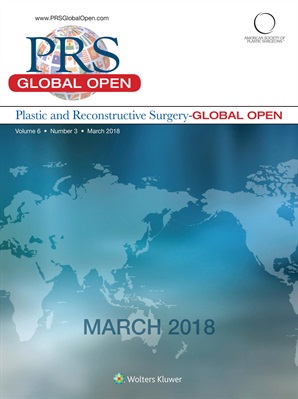 Over the years, the choice of recipient vessels for free flap autologous breast reconstruction has shifted from the thoracodorsal to the internal mammary vessels due to ease of flap inset and predictability of anatomy. However, thoracodorsal vessels are still great recipient vessels, and can be useful, especially in the previously failed or staged autologous breast reconstruction. In this study, we present our experience using thoracodorsal or serratus vessels for profunda artery perforator flaps.
Over the years, the choice of recipient vessels for free flap autologous breast reconstruction has shifted from the thoracodorsal to the internal mammary vessels due to ease of flap inset and predictability of anatomy. However, thoracodorsal vessels are still great recipient vessels, and can be useful, especially in the previously failed or staged autologous breast reconstruction. In this study, we present our experience using thoracodorsal or serratus vessels for profunda artery perforator flaps.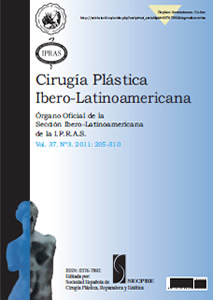
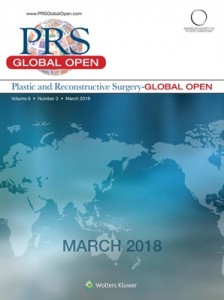 Traditionally, tissue expanders (TEs) for breast reconstruction have been placed beneath the pectoralis major muscle with or without acellular dermal matrix. More recently, full acellular dermal matrix coverage has been described for prepectoral TE placement. Our study aims to explore differences in clinical and quality-of-life (QOL) outcomes for prepectoral versus subpectoral TE breast reconstruction.
Traditionally, tissue expanders (TEs) for breast reconstruction have been placed beneath the pectoralis major muscle with or without acellular dermal matrix. More recently, full acellular dermal matrix coverage has been described for prepectoral TE placement. Our study aims to explore differences in clinical and quality-of-life (QOL) outcomes for prepectoral versus subpectoral TE breast reconstruction.
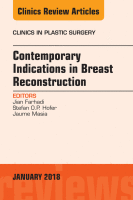

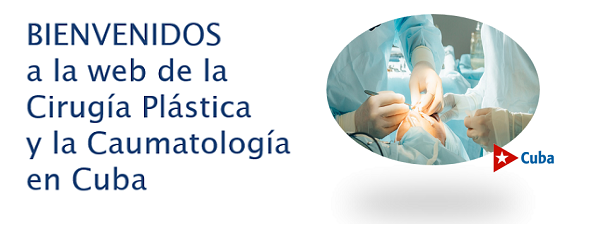
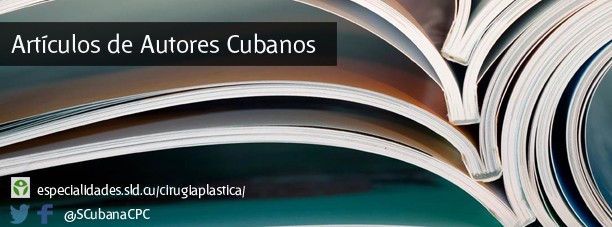
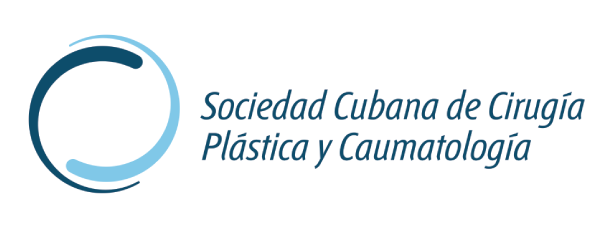
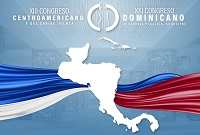
 Sitio web publicado el
Sitio web publicado el
Los lectores comentan